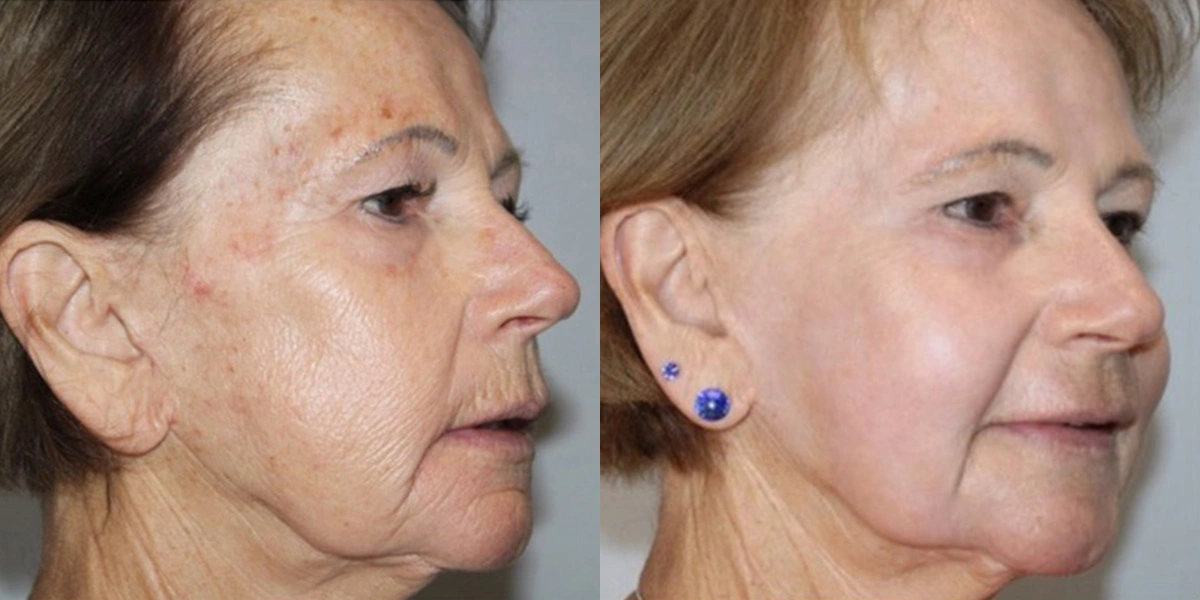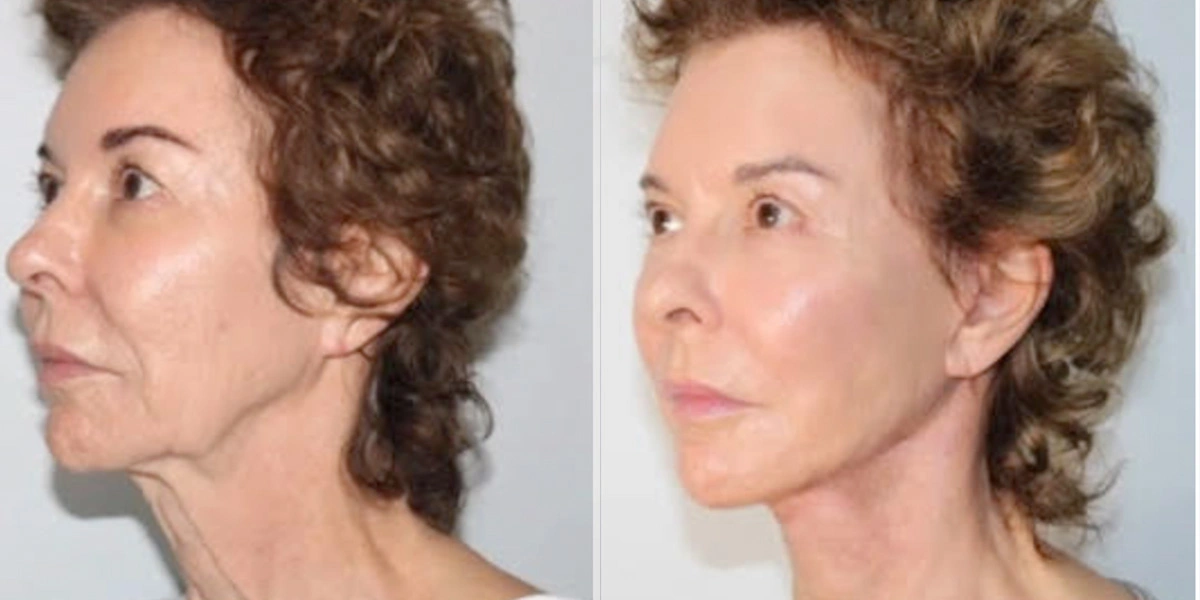In 1962, an easily mixed formulation of phenol, water, croton oil, and Septisol was published and became known as the Baker formula. For almost 40 years, Baker’s formula was mistakenly known as a “phenol” peel. In 2000, Gregory Hetter, M.D., demonstrated that the peeling agent in the Baker formula was croton oil, not phenol, and that varying the concentration of croton oil allowed surgeons to tailor the peel’s strength to specific patients and facial areas.
For years, the peel was associated with hypopigmentation. However, the feared complications of the peel were generally associated with the original version of the formula, which had significantly stronger concentrations of phenol. We now recognize that the key ingredient in peel is croton oil, not phenol, which has led to dramatic improvements in skin texture, tone, and the obliteration of deep wrinkles, with a shorter recovery period. The risks of complications from the modern version of this peel are low with an experienced peeler, and the potential benefits are unparalleled.









